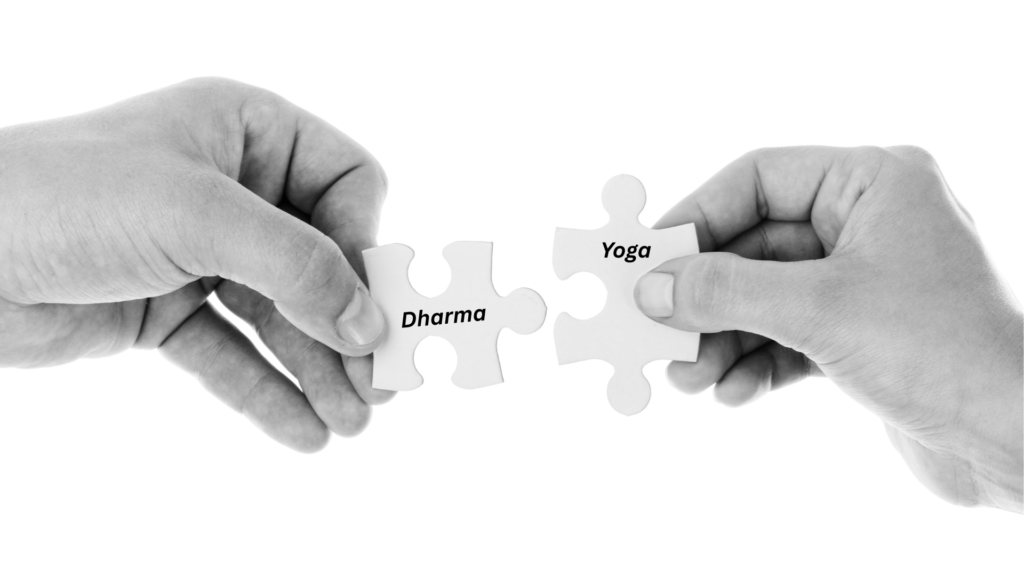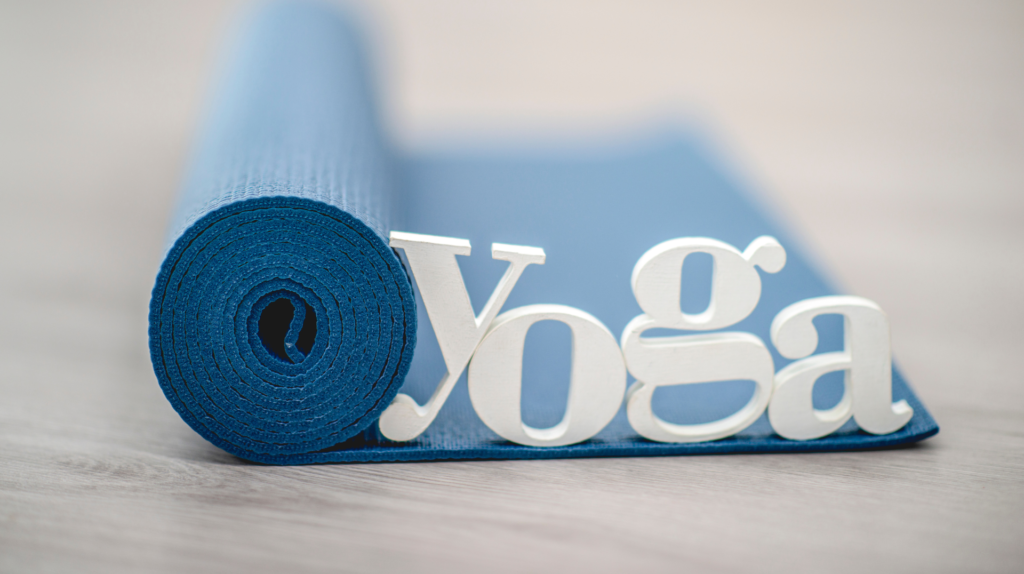The Path of Modern Yoga: The History of an Embodied Spiritual Practice
The path of Modern Yoga by Elliott Goldberg © 2016 Inner Traditions. Printed with permission from the publisher Inner Traditions International. www.InnerTraditions.com
 In The Path of Modern Yoga, Elliott Goldberg shows how the sacred discipline of yoga was transformed in the early 20th century into a health and fitness regimen for middle-class Indians by giving prominence to the yogic postures traditionally used only as preparatory exercises for seated meditation.
In The Path of Modern Yoga, Elliott Goldberg shows how the sacred discipline of yoga was transformed in the early 20th century into a health and fitness regimen for middle-class Indians by giving prominence to the yogic postures traditionally used only as preparatory exercises for seated meditation.
Goldberg tells this sweeping story of modern yoga through the remarkable lives and accomplishments of 11 key figures: six Indian yogis (Sri Yogendra, Swami Kuvalayananda, S. Sundaram, T. Krishnamacharya, Swami Sivananda, and B. K. S. Iyengar). Additionally, there is an Indian bodybuilder (K. V. Iyer), a rajah (Bhavanarao Pant Pratinidhi) and an American-born British journalist (Louise Morgan). Finally, an Indian diplomat (Apa Pant), and a Russian-born yogi trained in India (Indra Devi) are mentioned.
Analysis of Modern Yoga (the book)
The author places their achievements within the context of the pre–independence Hindu nationalism movement in India. He also takes into cognisance Western trends as the physical culture movement and the commodification of exercise. Additionally, factors include, 19th-century New Age religion, jazz age popular entertainment, and the quest for youth and beauty. This exploration of influence reveals the multitude of diverse aspects that have shaped yoga today.
Goldberg’s book is a result of more than 10 years of research from rare primary sources as well as engaging with contemporary yoga scholarship. Undoubtedly, Goldberg presents an original, authoritative, provocative, and illuminating interpretation of the history of modern yoga.
The only criticism which one might offer are;
1- The author makes personal observations about the heroes of Yoga which may be erroneous. These people lived in the early 1900’s when India was groaning under the yoke of colonial British rule. Also, they were mired in poverty, illiteracy and social stagnation. Hence, Goldberg’s assumptions have a great chance of being erroneous.
2- Goldberg mixes yoga with western form of physical fitness which is mostly centered around body building. That’s like mixing oil and water. Though the intent is clean, the outcome is often confusing.
3- Finally, Goldberg tries to establishes that far from corrupting the sacred tradition, the emphasis on the moving body in yoga allows for the creation of an embodied spiritual practice. This is unfortunate because, in the end, spiritual progress in Yoga requires Samadhi. So, while the arguments may appeal to Western readers, they actually are erroneous.
All of the above writing strategies could have been avoided without reducing the impact of the book.
Conclusion:
One can safely say that those interested in understanding how this ancient spiritual practice got its modern form will find this book an interersting read.



These are very vague and ill defined criticisms.